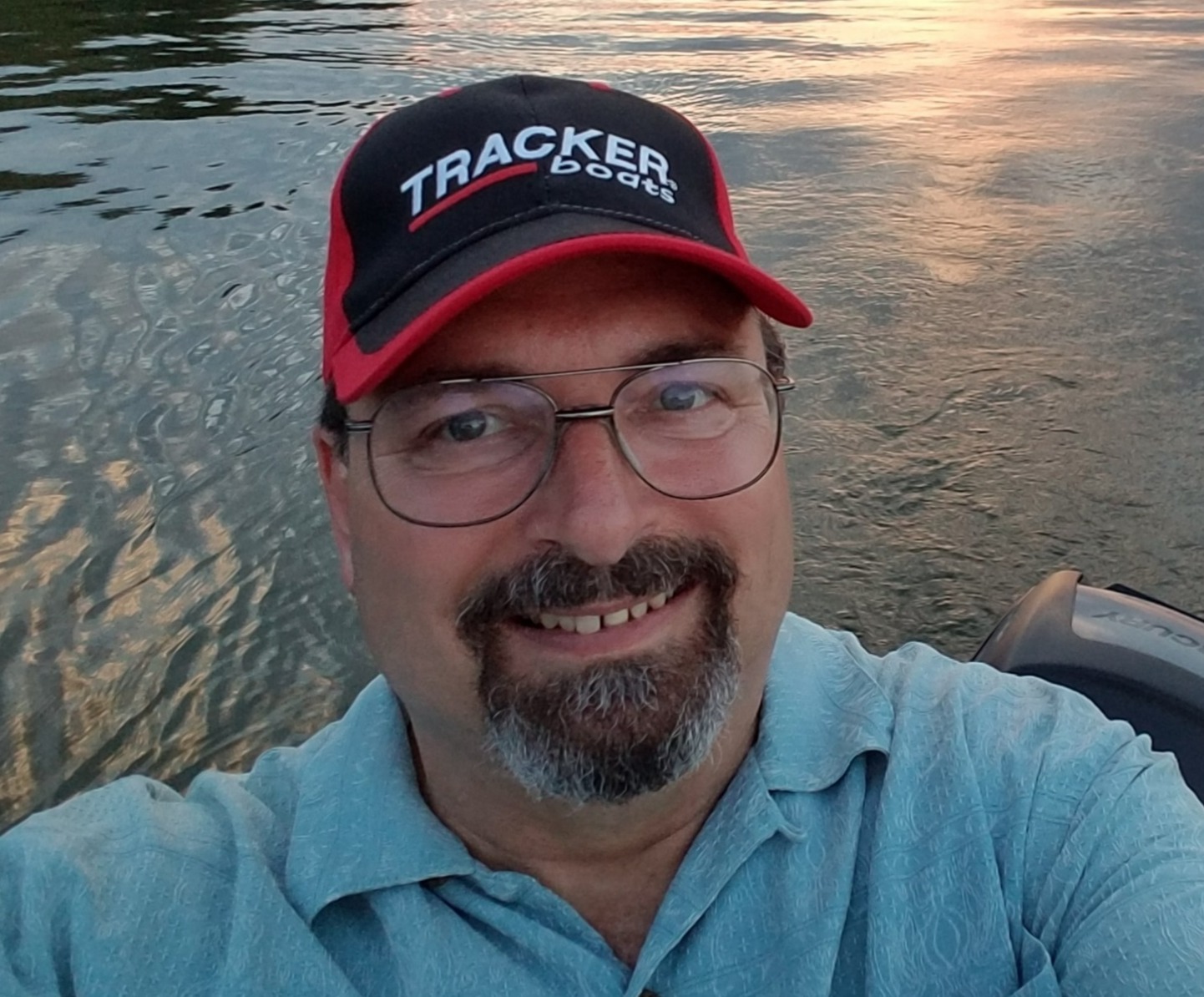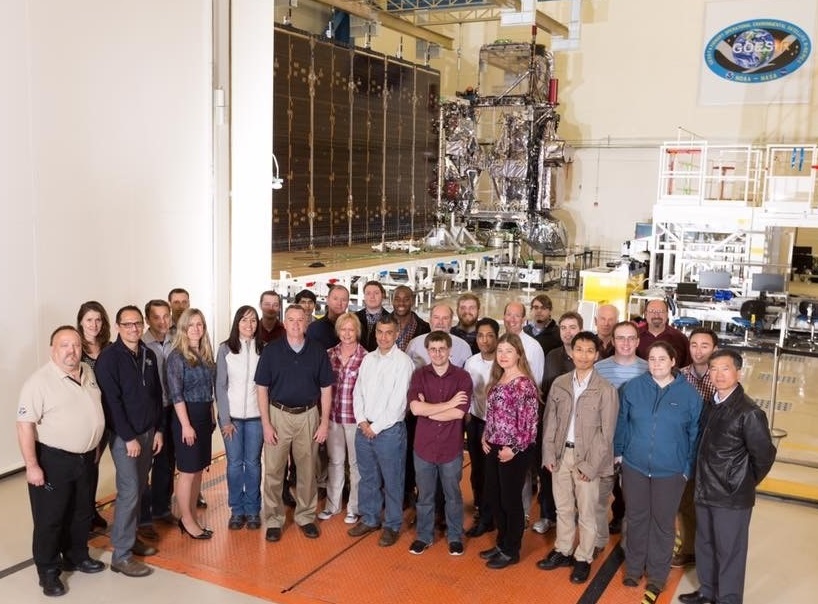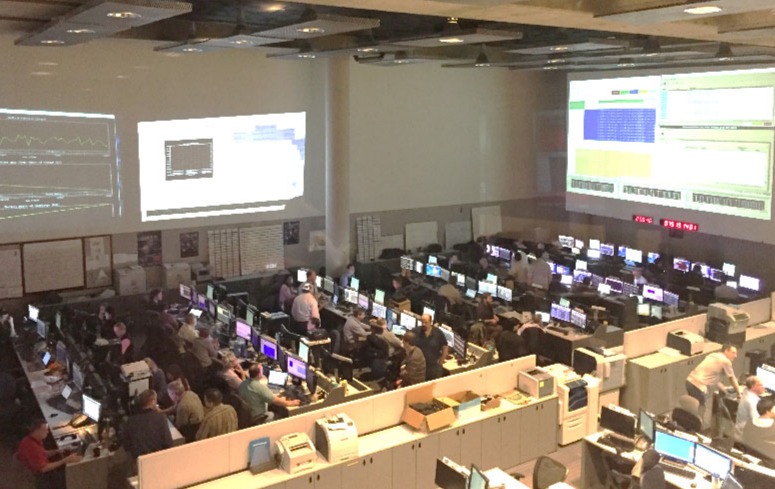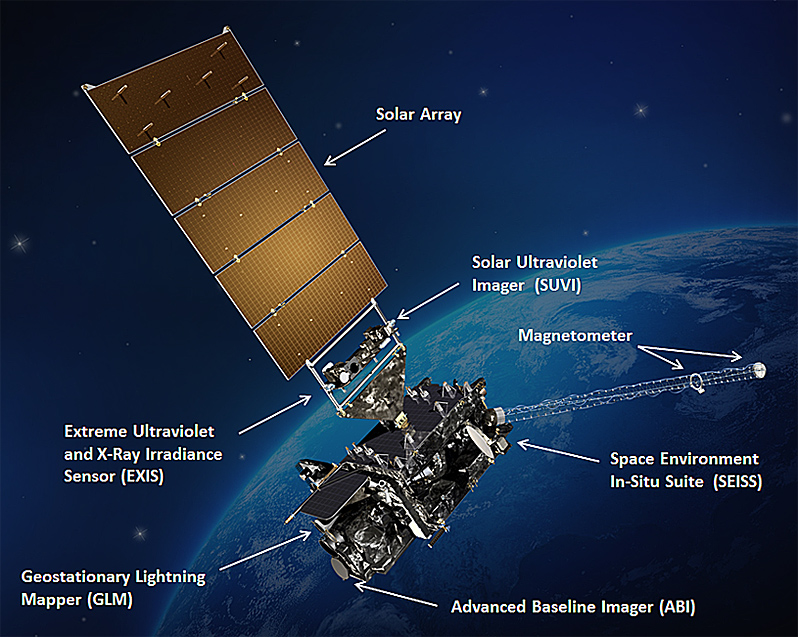News
SSAIHQ CMS Display Portlet
SSAI In The News
Breadcrumb
Countdown to GOES-T Launch: Interview with SSAI’s Michael Roza
As we countdown to go-time for the GOES-T satellite, we sat down with SSAI’s Mike Roza to get his thoughts on the upcoming launch.
 What does it mean for you to be part of the GOES series?
What does it mean for you to be part of the GOES series?
I’ve touched on this a lot with my family and friends leading up to the GOES-T launch. They know how much I like what I do and this spacecraft specifically. I’ve been fortunate to be a part of this project at a time when technologies were evolving. I got to design a Command and Data Handling (CDH), basically the computers and on-board communications interfaces, all the way back when computers were first being put on spacecraft. When the latest GOES series came along, NASA had pushed the technology even further with new communications for on-board and data transmission to the ground. I had to learn a lot – and keep on learning – just to get the concepts of what was needed and how to make it all play together.
What’s your role during the GOES-T launch?
I have a couple of duties for the launch. I’m part of the Flight Software (FSW) operations team, and I provide support for CDH and overall electrical systems. Prior to taking on my current work with Electrical Systems, I was the GOES-R Mission Operations Support Team (MOST) FSW lead.
 A lot of the procedures to communicate with the on-board FSW have been improved over the years. One critical function is that the MOST FSW team now independently verifies all files are consistent with expectations prior to launch and manages the files after launch. The FSW execution is then monitored, and files and data are uploaded and distributed after launch. For my part with the CDH, I have reviewed all updated and newly generated procedures by the MOST CDH Team to configure for commanding and telemetry. If there is an anomaly during launch, I’ll be part of the CDH team participating in a larger team tasked with finding a resolution on how to proceed.
A lot of the procedures to communicate with the on-board FSW have been improved over the years. One critical function is that the MOST FSW team now independently verifies all files are consistent with expectations prior to launch and manages the files after launch. The FSW execution is then monitored, and files and data are uploaded and distributed after launch. For my part with the CDH, I have reviewed all updated and newly generated procedures by the MOST CDH Team to configure for commanding and telemetry. If there is an anomaly during launch, I’ll be part of the CDH team participating in a larger team tasked with finding a resolution on how to proceed.
What do you think is the most interesting part of the launch process?
I would say the most interesting part is the work leading up to the launch, to make sure all aspects to make a good launch happen are covered. That means getting the procedures ready, holding mission rehearsals to make sure everyone on the team is ready for the launch, and then the final power-up of the spacecraft after all the testing has gone on. There are always new participants and teaching them about how things work during mission rehearsals and internal simulations actually makes me better at what has to be done.

What are you most excited about with this new satellite?
I continue to be excited about all the capabilities on the satellite and the lives that will undoubtedly be saved. From monitoring the earth to monitoring the space environment, the instruments onboard the satellite provide invaluable information. Almost daily I’m looking at the Space Weather [instrument] for what is happening and coming at us from the sun. The new capabilities from recent GOES-R series satellites have provided better, more reliable forecasting, especially for extreme weather events like hurricanes and blizzards – as well as unexpected benefits like the ability to closely monitor wildfires. I have a friend in California who leads firefighting in central California. Our observations are combined with what they are seeing on the ground – and they are saving lives as a result. The Search and Rescue receiver is another part of this satellite that gets little publicity for the lives it has helped save but is a valuable tool for first responders. This was a major driver in the design of being RF quiet at that frequency.
What goes into designing a satellite like GOES-T?
The simple answer to that far-reaching question would be…a lot! Consider the scientists that are trying to a get better understanding of the environmental systems. They want to get information from different frequencies of light that are used to discern what is happening with clouds, water vapor, snow/ice, CO2, sea surface temperature, etc. which is what the imager sensors do. Then to better understand the movement in storms, a lightning mapper is added and severe weather predictions are even better. We put on improved instruments for monitoring Solar Weather by imaging and collecting particles to better understand the impact of space weather hazards responsible for communications and navigation disruptions and power blackouts. We add magnetic field monitoring and Search and Rescue receivers and then data collection platforms on the ground transmit to the satellite receivers and back down to the ground for long term monitoring of the ecosystems.
 Then comes the fun part where the instrument and spacecraft vendors take the concepts and design and figure out a way to make them all fit on this “small” platform. The spacecraft part of it requires partitioning out the functions: the Field of View for instruments and antennas, the power, the thermal control, and the weight. Sometimes they find that the technology might not exist yet for what is designed, so new capabilities need to be developed: the instrument sensors, the processors, the on-board communications, a new concept for receiving GPS at GeoSynchronous orbit (needed for the accuracy in time and location), the batteries, the RF quiet design so the very weak signals can be received at 22,000 miles up.
Then comes the fun part where the instrument and spacecraft vendors take the concepts and design and figure out a way to make them all fit on this “small” platform. The spacecraft part of it requires partitioning out the functions: the Field of View for instruments and antennas, the power, the thermal control, and the weight. Sometimes they find that the technology might not exist yet for what is designed, so new capabilities need to be developed: the instrument sensors, the processors, the on-board communications, a new concept for receiving GPS at GeoSynchronous orbit (needed for the accuracy in time and location), the batteries, the RF quiet design so the very weak signals can be received at 22,000 miles up.
A systems engineering team creates a concept for the spacecraft and then that flows through a Preliminary Design Review and Critical Design Review. That will include identifying what are the biggest risks to actually getting the design to work by developing Engineering models that prove the new technologies will work. In this case, that meant testing a new GPS antenna design for its effectiveness. Integrating and testing the new processors and software with the new communications systems. Testing the new sensors (Focal Plane Arrays) to show that they receive just the specific frequencies of light required.
Simply put, a lot of expertise has to come together to make it all work. Being able to participate is a wonderful thing.

